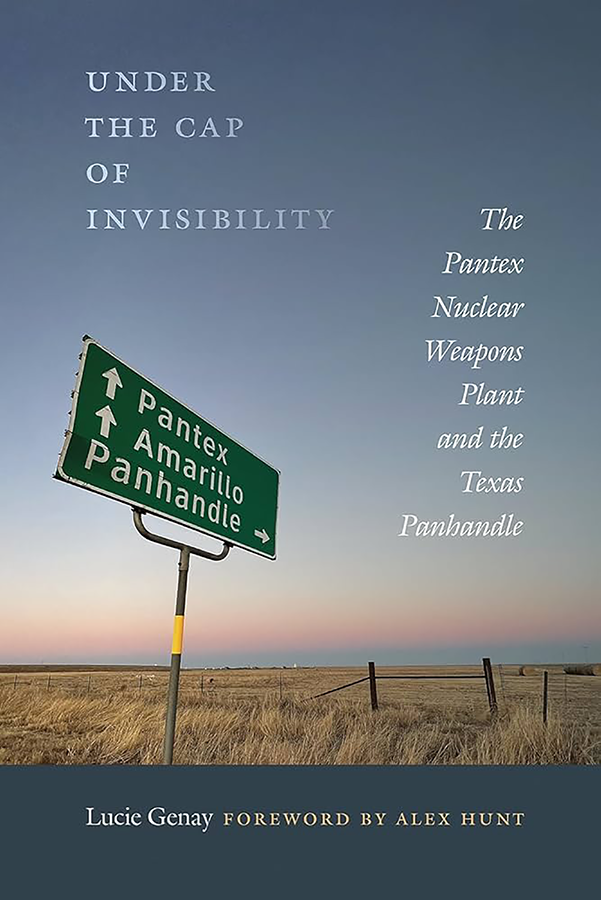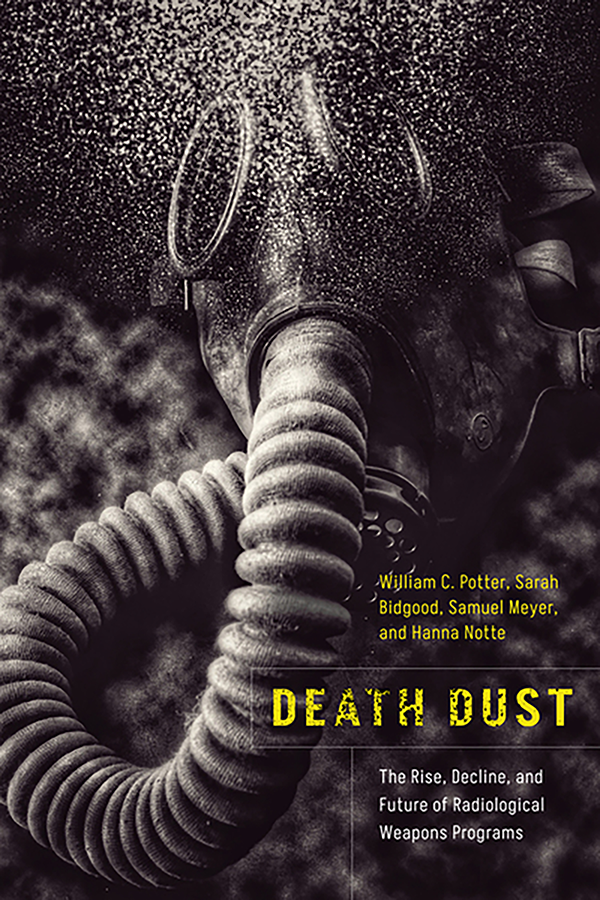March 2024 Books of Note
March 2024
 Under the Cap of Invisibility: The Pantex Nuclear Weapons Plant and the Texas Panhandle
Under the Cap of Invisibility: The Pantex Nuclear Weapons Plant and the Texas Panhandle
By Lucie Genay
University of New Mexico Press
2022
This book explores how the Texas Panhandle has shaped “the cap of invisibility” covering a key U.S. nuclear weapons production site. For nearly 50 years, Pantex has been the sole U.S. nuclear weapons assembly and disassembly facility. Yet to most people, Amarillo, home to Pantex, suggests oil and gas, cattle ranching, country western songs, and the place where you can eat a 72-ounce steak, well before thoughts of nuclear weapons. In Pantex’s first decades of operation, the surrounding community referred to it as the “soap factory” because the first site contractor was Procter and Gamble. Not until 1969 did the local newspaper clearly disclose the Pantex role in the nuclear weapons enterprise. Perhaps more than at other nuclear weapons sites, secrecy and invisibility have been cultivated here.
The book tells rich stories of the people who have tried to penetrate this invisibility, bringing moments of scrutiny and tension to Pantex. Challenges from some community religious leaders, sick workers, neighboring ranchers, and activist groups have brought into question the morality of Pantex weapons activities, its safety and health impact on workers, and its environmental impacts on the ranching industry. Efforts to expand and develop new Pantex missions, largely unsuccessful, also have brought controversy to the facility. As attention to these efforts has now subsided, invisibility is returning. The book sheds light on how new attention could be drawn to the facility, particularly by those who are interested in addressing nuclear weapons human and environmental harms.—KATHY CRANDALL ROBINSON
 Death Dust: The Rise, Decline, and Future of Radiological Weapons Programs
Death Dust: The Rise, Decline, and Future of Radiological Weapons Programs
By William C. Potter et al.
Stanford University Press
2024
Death Dust is an in-depth exploration of the history and development of radiological weapons. The authors meticulously analyze why, despite their destructive potential, these weapons did not proliferate as other weapons of mass destruction did. Radiological weapons are defined as devices that spread radioactive substances without a nuclear blast.
The book examines programs in Egypt, Iraq, the Soviet Union, the United Kingdom, and the United States. It thoroughly analyzes the technical obstacles and reduced military effectiveness that caused the discontinuation of radiological weapons programs. It also explores the role of science fiction in shaping the development of radiological weapons, drawing parallels between fiction and actual governmental strategies.
The authors explain why radiological weapons are obscure in historical literature and attribute this situation to such factors as the short lifespan of these programs and the shift in focus toward nuclear weapons. They emphasize the potential future relevance of these weapons and the need for international efforts to prevent their resurgence.
By providing a comprehensive study that blends historical facts with contemporary concerns, the book is a valuable addition to international security literature. It is a thought-provoking must-read for those interested in the history of weapons development and arms control issues.—CHAD ALLAN LAWHORN
